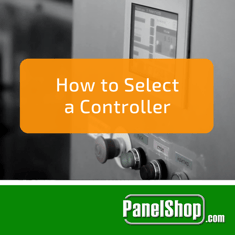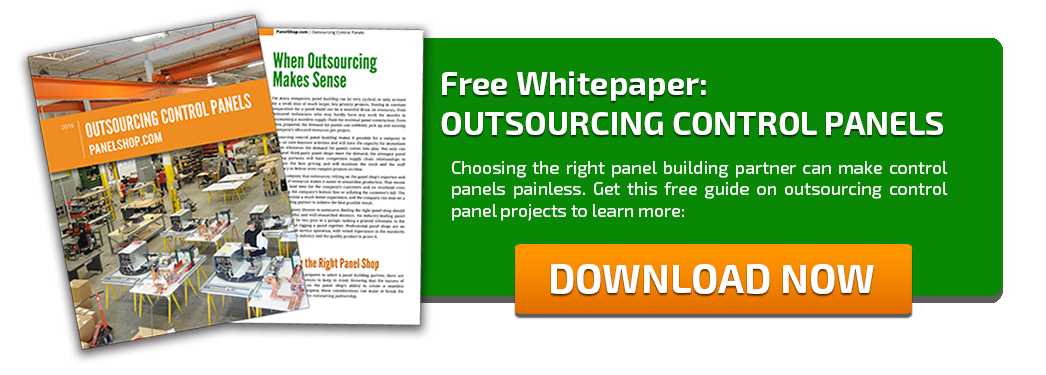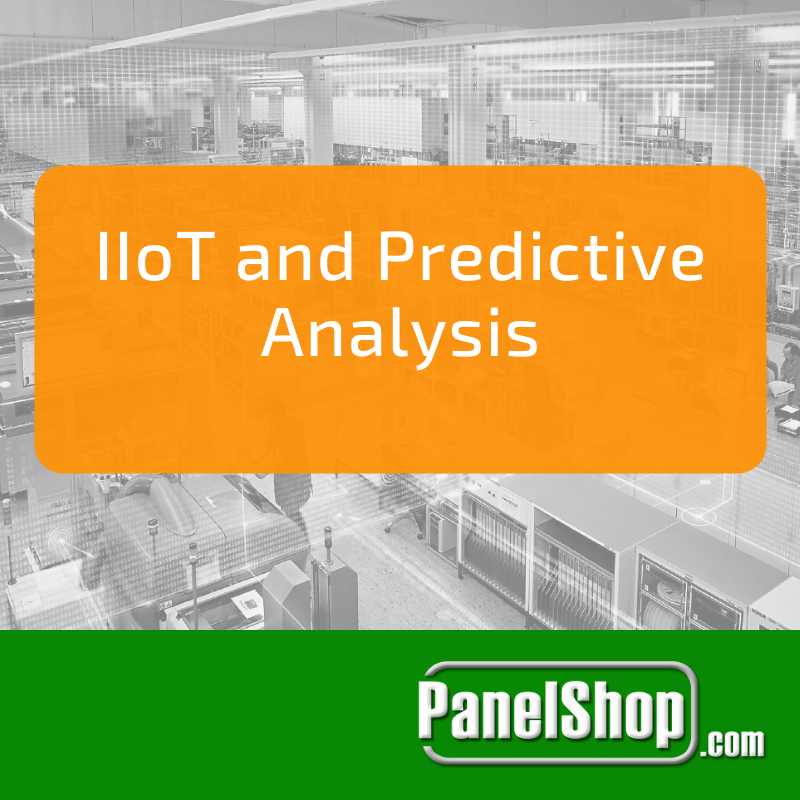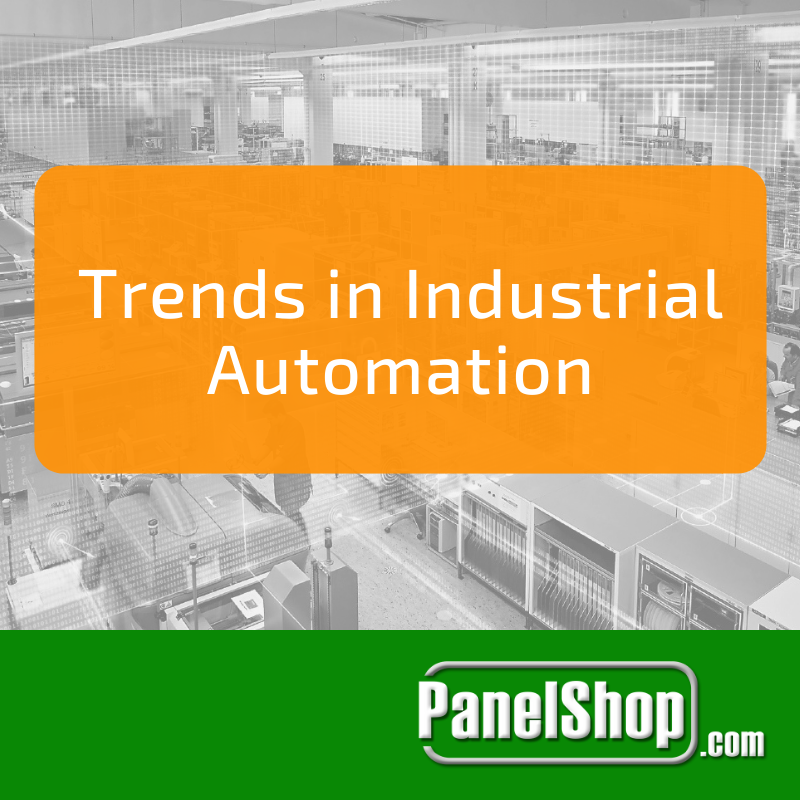 The number of controllers available in the market are almost as many as the number of applications in which they are used. Most controllers are application independent and can be used for more than one purpose. So which one would you choose? A PLC, a PAC, a DCS or a IPC? Names are of little importance when compared to the functionality of a device.
The number of controllers available in the market are almost as many as the number of applications in which they are used. Most controllers are application independent and can be used for more than one purpose. So which one would you choose? A PLC, a PAC, a DCS or a IPC? Names are of little importance when compared to the functionality of a device.
PLCs continue to be the dominant choice for machine control and process control applications. Their time-tested ladder logic programming and sturdy build along with openness to latest technological developments have made them well-suited for simple and complex automated sequences. However, they start to bottle-neck when it comes to the control of analog variables and data handling. IPCs and PC-based controllers are much more resourceful when it comes to integrating motion, vision and HMIs.
Criteria Matrix
People often want to distinguish things in black & white, but when it comes to selecting a controller, the way forward is very gray. There is no clear cut rule as to when a PAC, PLC or IPC should be used. Factors such as budget, size and future expansion are very much at play, and companies often compare these technologies based on their preferences.
Ability to change
Easy access to control logic is very much important, as it can greatly help developers modify the code according to the changing requirements. Manufacturers greatly value a technology which is understandable by their support personnel. The ability to change logic circuits by interacting with configurations, design specs and rules are vital points which affect the manufacturer’s decision.
Less Integration
Programmable controllers can provide better functionality in applications where fast scan times and large input/output counts are required. But for low to mid-range applications, an all-in-one automation panel is a much more preferred architecture as it provides simplified connectivity and a lower total cost of ownership.
24 Core Processing
PC-based controls may not have the ideal form factor, but they do provide unprecedented flexibility. As chip designs embrace advancements, a 24-core control platform is available, providing applications with all the processing power they need. The drawback of course is greater investment, as well as physical space consumption, which may not stand for all applications.






